The Application Potential of Foot 3D Scanners in Sports Rehabilitation
Sports rehabilitation is an evolving field that continues to incorporate new technologies to improve recovery times, enhance performance, and prevent future injuries. One of the most promising innovations in this field is the foot 3D scanner, a tool that provides detailed, precise data about the structure, function, and movement of the foot. As sports rehabilitation specialists look for more effective ways to diagnose, treat, and prevent injuries, the application potential of foot 3D scanners in this area is becoming increasingly recognized.
What Is a Foot 3D Scanner?
A foot 3D scanner is an advanced technological device designed to capture a three-dimensional image of the foot. Using methods like lasers, structured light, or photogrammetry, the scanner creates an accurate model of the foot's shape, size, and pressure points. Unlike traditional foot measurements, which can be imprecise, the foot 3D scanner captures every detail of the foot’s structure and movement, making it an invaluable tool for various fields, including sports rehabilitation.
Why Is the Foot 3D Scanner Important for Sports Rehabilitation?
Sports rehabilitation focuses on healing injuries, restoring movement, and preventing future damage to the body, particularly after a sports-related injury. One of the key areas of focus in rehabilitation is the feet. Athletes often face injuries in the feet and lower limbs due to the intense stress placed on these areas during activities like running, jumping, and quick directional changes.
The foot 3D scanner plays an essential role in accurately diagnosing issues and designing personalized rehabilitation programs. By providing comprehensive data on a person’s foot structure, alignment, and movement, the scanner allows professionals to understand underlying issues and tailor treatments accordingly.
How the Foot 3D Scanner Works in Sports Rehabilitation
The process of using a foot 3D scanner in sports rehabilitation is straightforward and non-invasive. Here’s a step-by-step guide on how the scanner is used to enhance recovery and optimize foot health in athletes:
Initial Assessment:
The athlete stands on or walks across the scanning platform, where the 3D scanner captures data on the foot's size, shape, pressure distribution, and alignment. Some advanced models even measure how the foot moves while walking or running, providing additional insight into biomechanical patterns.Analysis of Data:
Once the foot’s 3D model is generated, it is analyzed for potential issues such as poor arch support, improper pressure distribution, or abnormal alignment. The data allows professionals to identify weaknesses, imbalances, and areas of concern that may be contributing to injury or discomfort.Custom Rehabilitation Plans:
Based on the information collected, rehabilitation specialists can create a personalized treatment plan. This could involve creating custom orthotics, adjusting training routines, or suggesting corrective footwear. In cases of injury, the scanner helps track changes in the foot’s structure and function during recovery.Progress Monitoring:
The foot 3D scanner allows for regular assessments throughout the rehabilitation process. By comparing scans taken at different stages, professionals can monitor the effectiveness of treatment, make adjustments, and ensure that the athlete is progressing in the right direction.
Benefits of Using Foot 3D Scanners in Sports Rehabilitation
1. Accurate Diagnosis
The primary benefit of the foot 3D scanner is its unparalleled accuracy. Traditional diagnostic methods, such as visual inspections or basic foot molds, are often inadequate in identifying the subtleties of foot structure and function. The 3D scanner eliminates guesswork, providing healthcare professionals with precise, detailed data that can uncover hidden problems and lead to more accurate diagnoses.
2. Personalized Treatment
Every athlete's feet are unique, and so are their rehabilitation needs. The foot 3D scanner allows for customized treatment plans that address an individual’s specific issues. Whether it’s a custom insole for arch support or a correctional shoe, the data from the 3D scan ensures that interventions are perfectly matched to the athlete’s requirements.
3. Early Detection of Issues
In sports rehabilitation, early detection is crucial to preventing further injuries. Many foot problems, such as imbalances or improper pressure distribution, develop gradually and may not show obvious symptoms until they become serious. Foot 3D scanners can identify these issues early on, enabling preventive measures to be taken before they lead to more severe injuries.
4. Enhanced Recovery Times
By providing accurate and timely information about the foot's structure and function, the foot 3D scanner helps to streamline the rehabilitation process. Athletes can receive targeted treatments that address the root causes of their injuries, leading to faster recovery times and a reduced risk of re-injury.
5. Injury Prevention
One of the most valuable aspects of the foot 3D scanner is its ability to assess the biomechanics of the foot during movement. This analysis can identify any irregularities or areas of concern that may put an athlete at risk for injury. With this knowledge, preventive measures such as specific strengthening exercises, orthotic solutions, or footwear adjustments can be implemented to protect against future injuries.
Applications of Foot 3D Scanners in Sports Rehabilitation
1. Custom Orthotics and Insoles
Foot 3D scanners are commonly used to design custom orthotics and insoles. These devices are tailored to the individual’s foot shape, ensuring proper support and alignment during rehabilitation. Custom orthotics can relieve pain, improve posture, and aid in the recovery process for athletes suffering from conditions such as flat feet, plantar fasciitis, or high arches.
2. Footwear Design and Adjustments
Footwear plays a vital role in sports performance and recovery. By providing detailed data about foot shape and movement, foot 3D scanners can help design or recommend the most suitable footwear for each athlete. Shoes that are specifically tailored to the individual’s foot structure can enhance comfort, prevent injury, and optimize performance.
3. Biomechanical Analysis
The foot 3D scanner is also used to study an athlete’s biomechanics—how their feet interact with the ground during activities like running, jumping, or pivoting. This analysis can reveal inefficiencies or issues that may contribute to injury or hinder performance. By adjusting techniques or creating personalized interventions, the athlete can improve their biomechanics and reduce the risk of injury.
4. Post-Injury Rehabilitation
For athletes recovering from foot or lower limb injuries, the foot 3D scanner plays a critical role in tracking progress. By comparing scans taken before and after injury, rehabilitation specialists can see how the foot’s structure and function have changed during recovery. This helps to determine when the athlete is ready to return to full activity and ensure that the recovery process is proceeding as planned.
The Future of Foot 3D Scanners in Sports Rehabilitation
As technology continues to advance, the potential for foot 3D scanners in sports rehabilitation grows. In the future, we can expect even more innovations, such as:
Mobile and Portable Scanners: Compact and affordable scanners that can be used in various settings, including on-field assessments or home use.
AI-Driven Insights: Integration of artificial intelligence to provide real-time analysis and recommendations during the rehabilitation process.
Enhanced Dynamic Scanning: Scanners capable of capturing more detailed dynamic movements, allowing for in-depth analysis of athletic performance and recovery.
The application potential of foot 3D scanners in sports rehabilitation is vast and transformative. With their ability to provide precise, personalized insights into foot health, these devices enable more effective treatments, faster recovery, and better prevention of future injuries. For athletes, whether professional or recreational, the foot 3D scanner offers a valuable tool for optimizing performance and maintaining long-term foot health.
By embracing this innovative technology, sports rehabilitation specialists can continue to refine their approach, ensuring that athletes receive the best possible care on their journey to recovery.

 +86-0755-86131192
+86-0755-86131192 2024-12-16
2024-12-16 Back to list
Back to list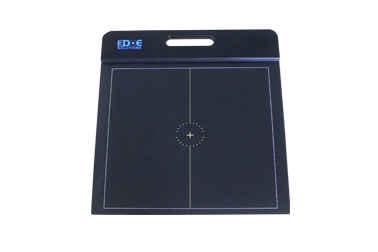
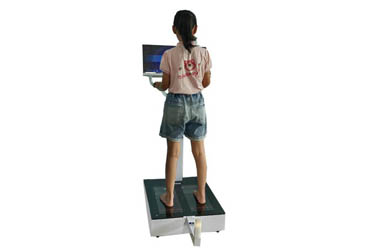
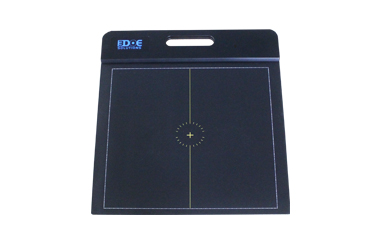
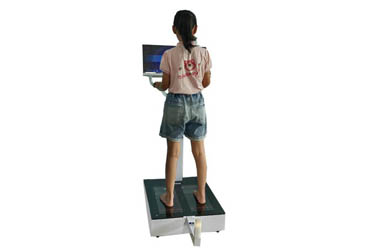
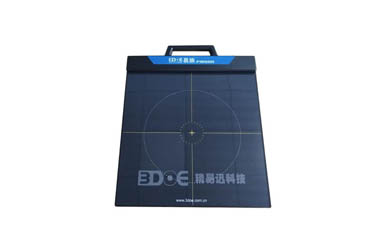
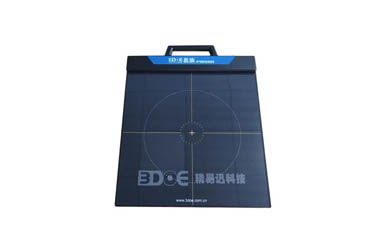



 +86-0755-86131192
+86-0755-86131192